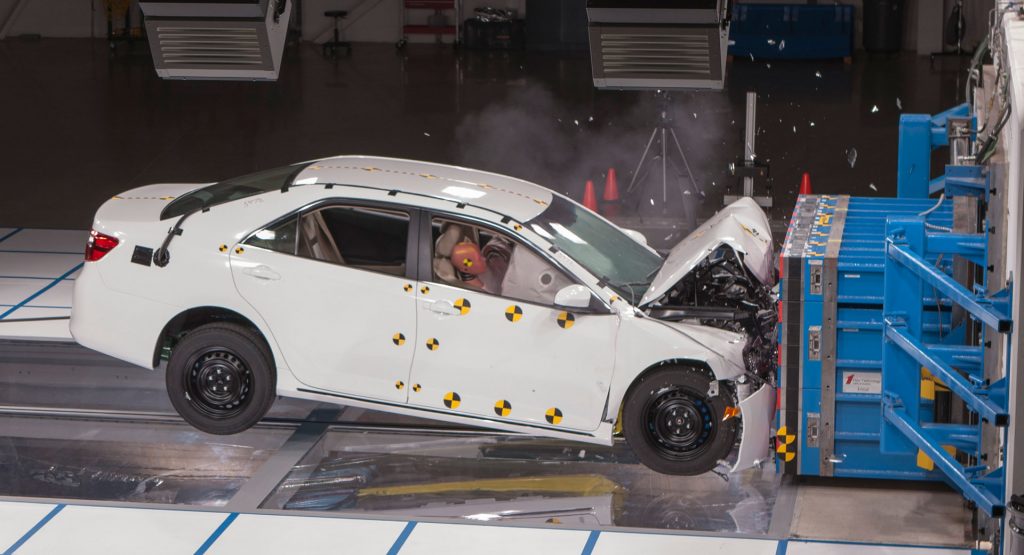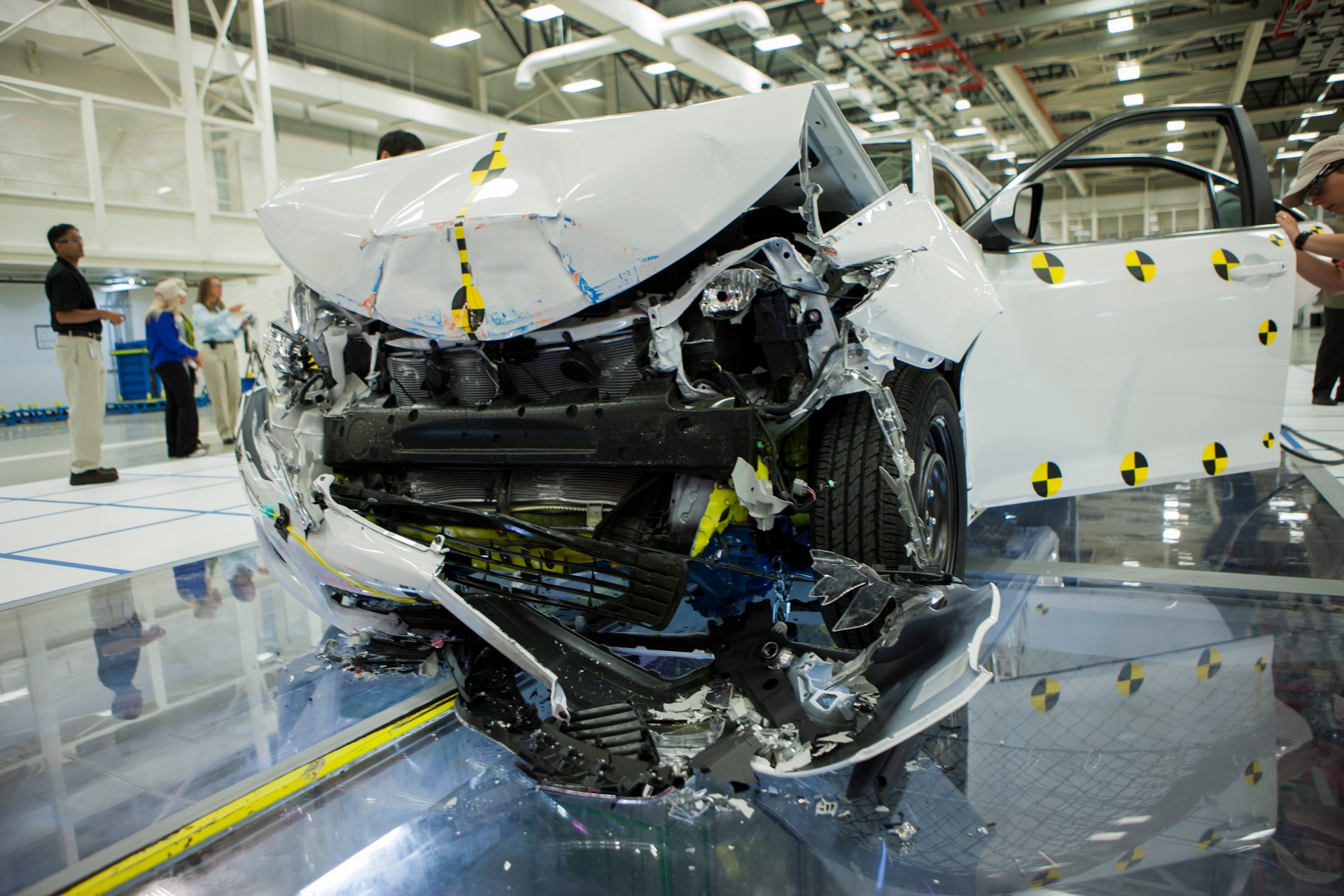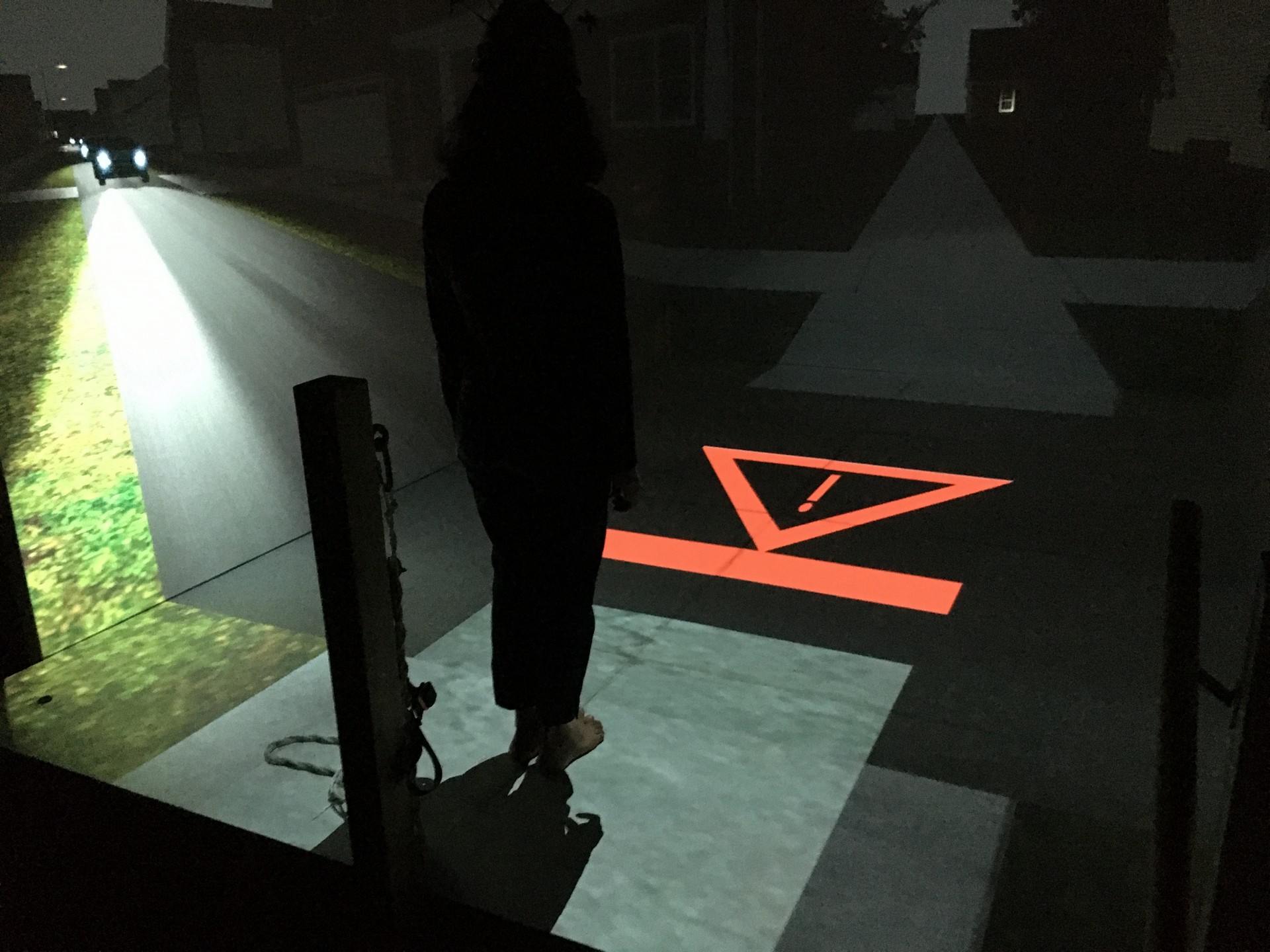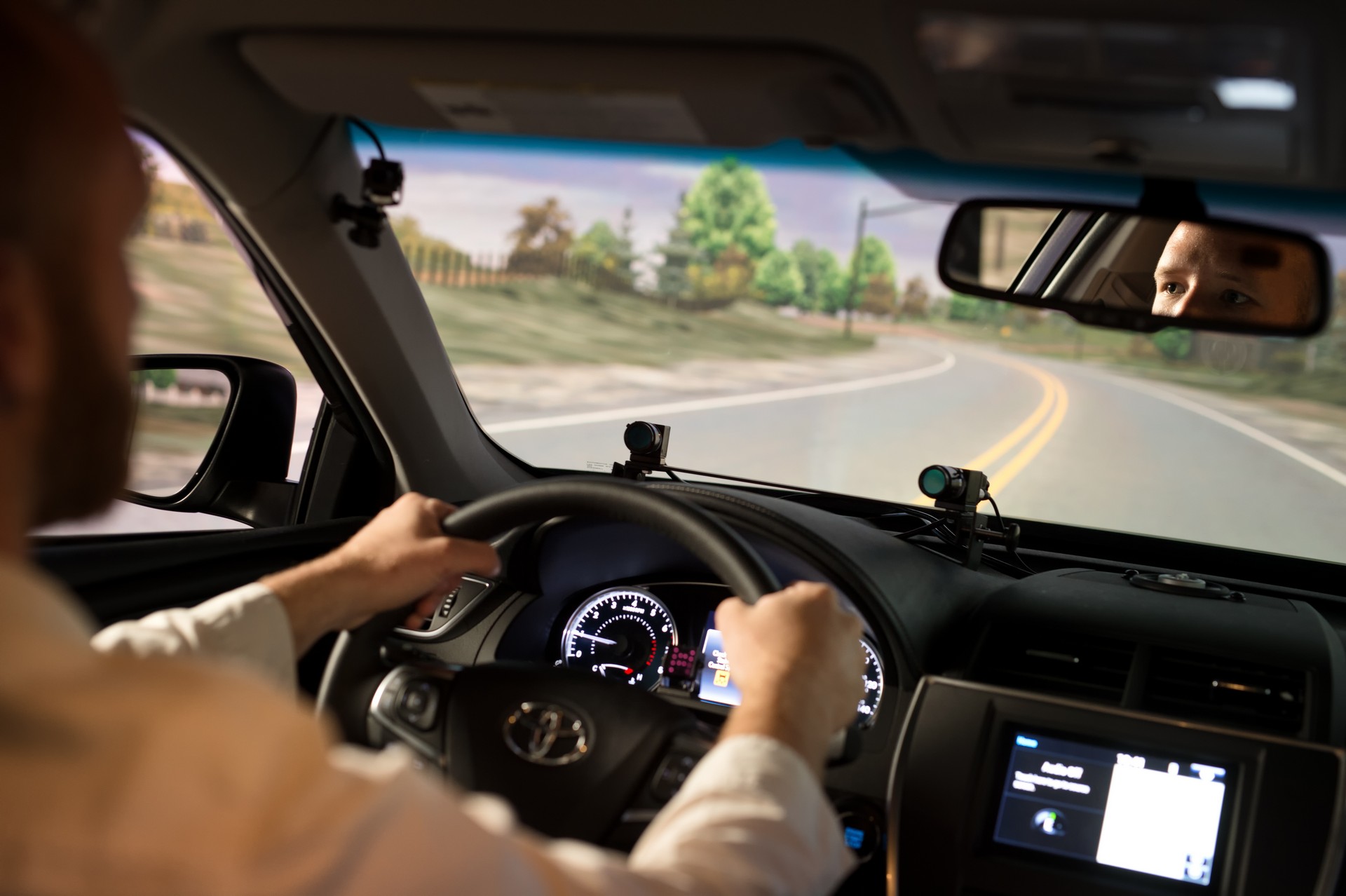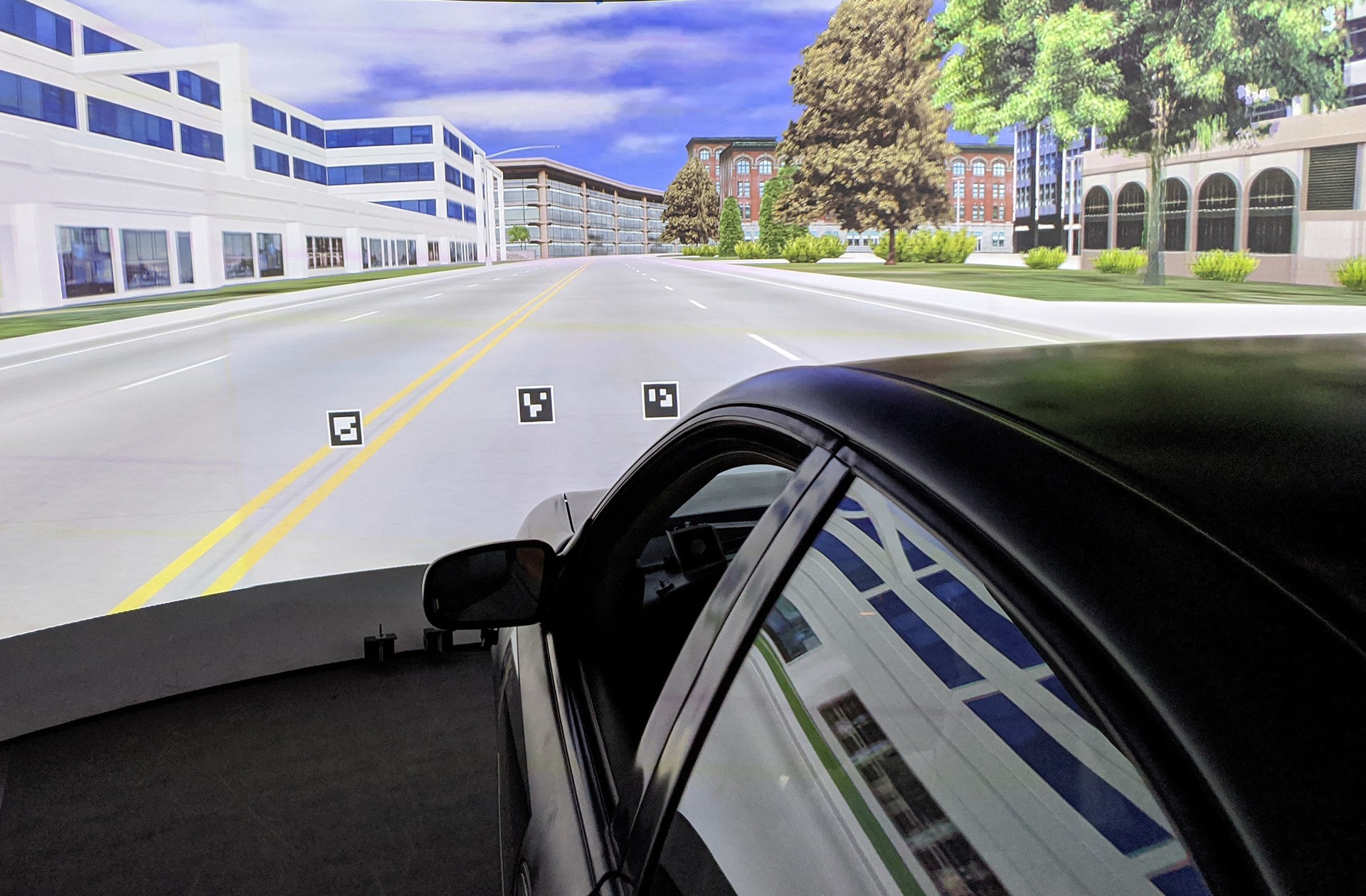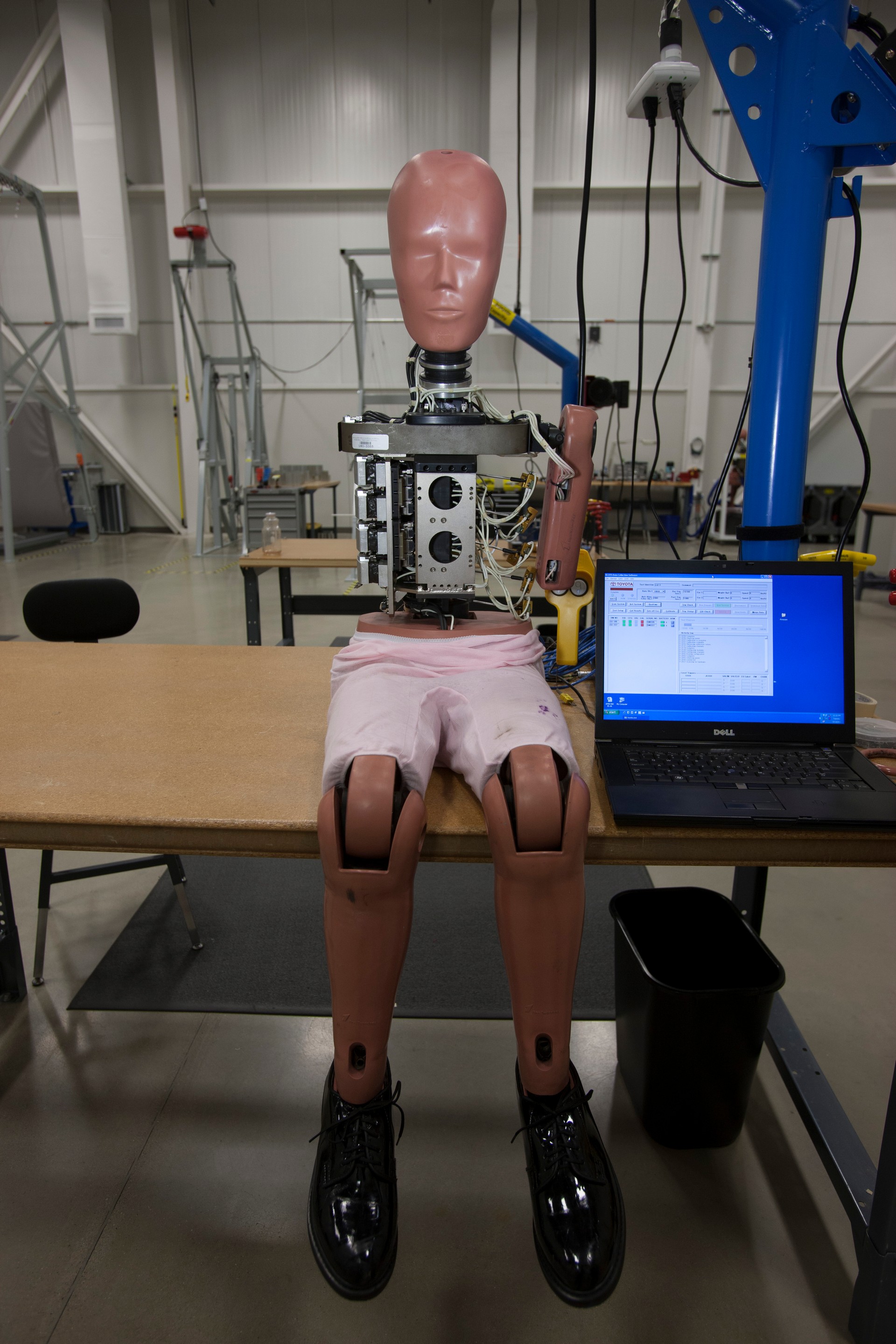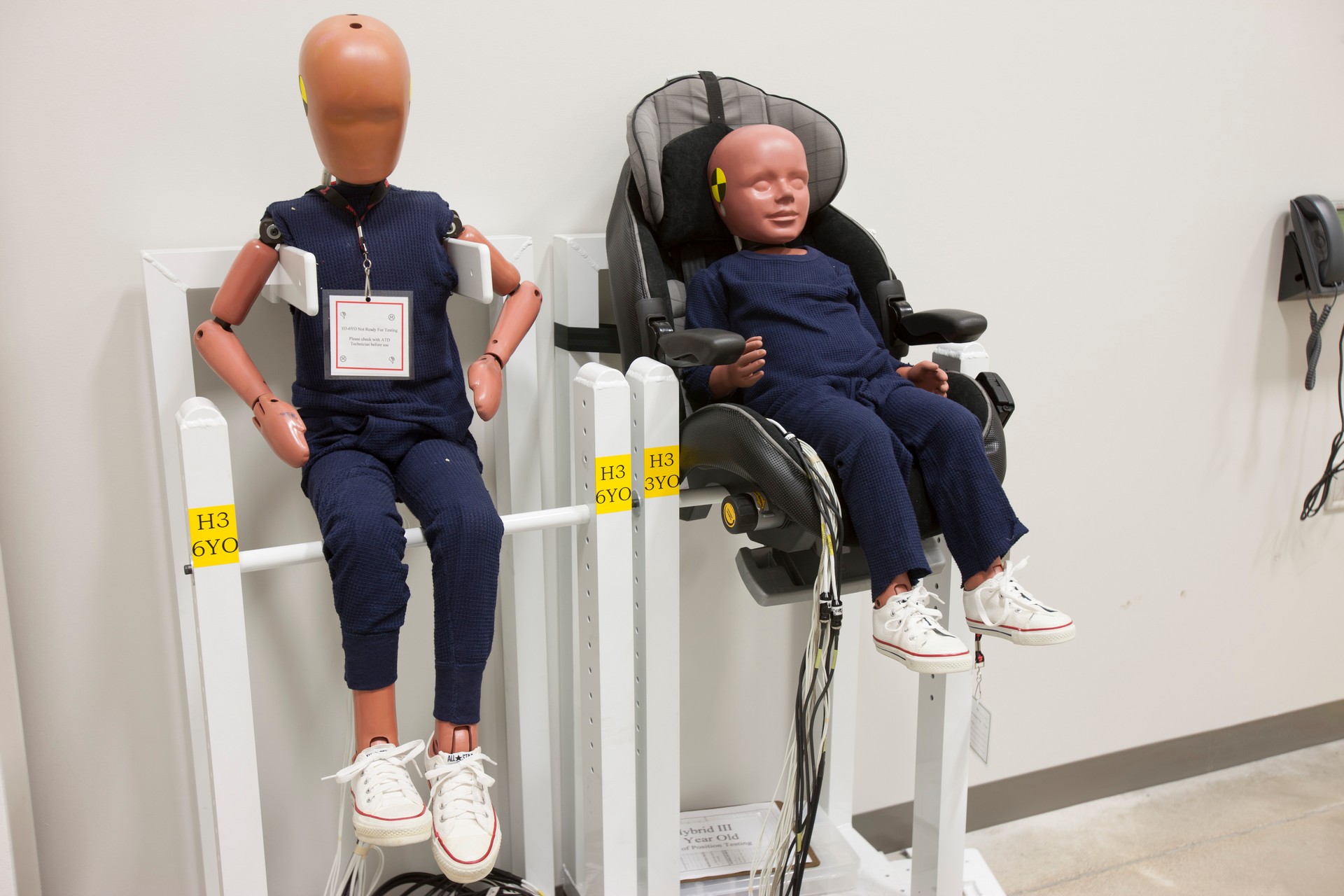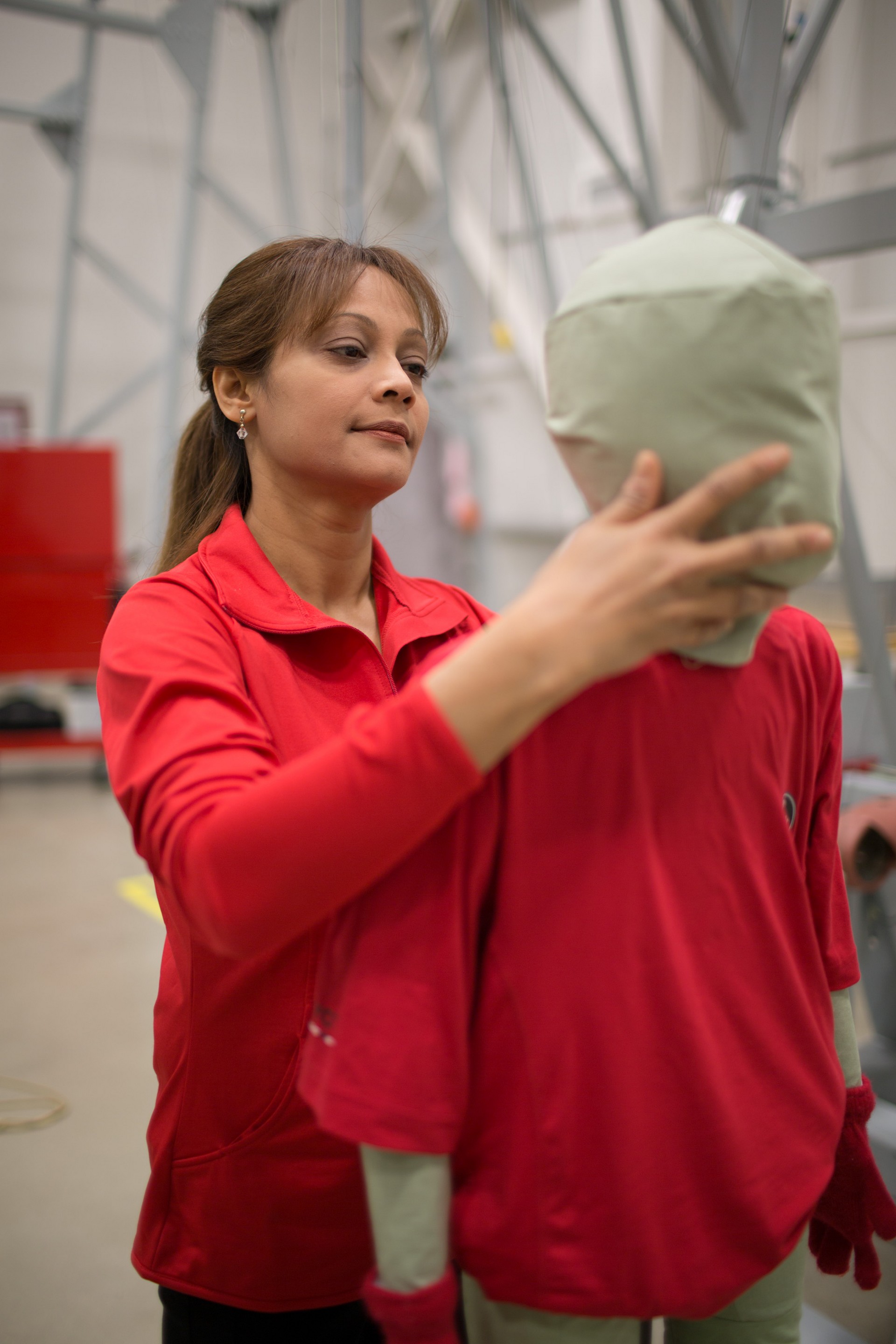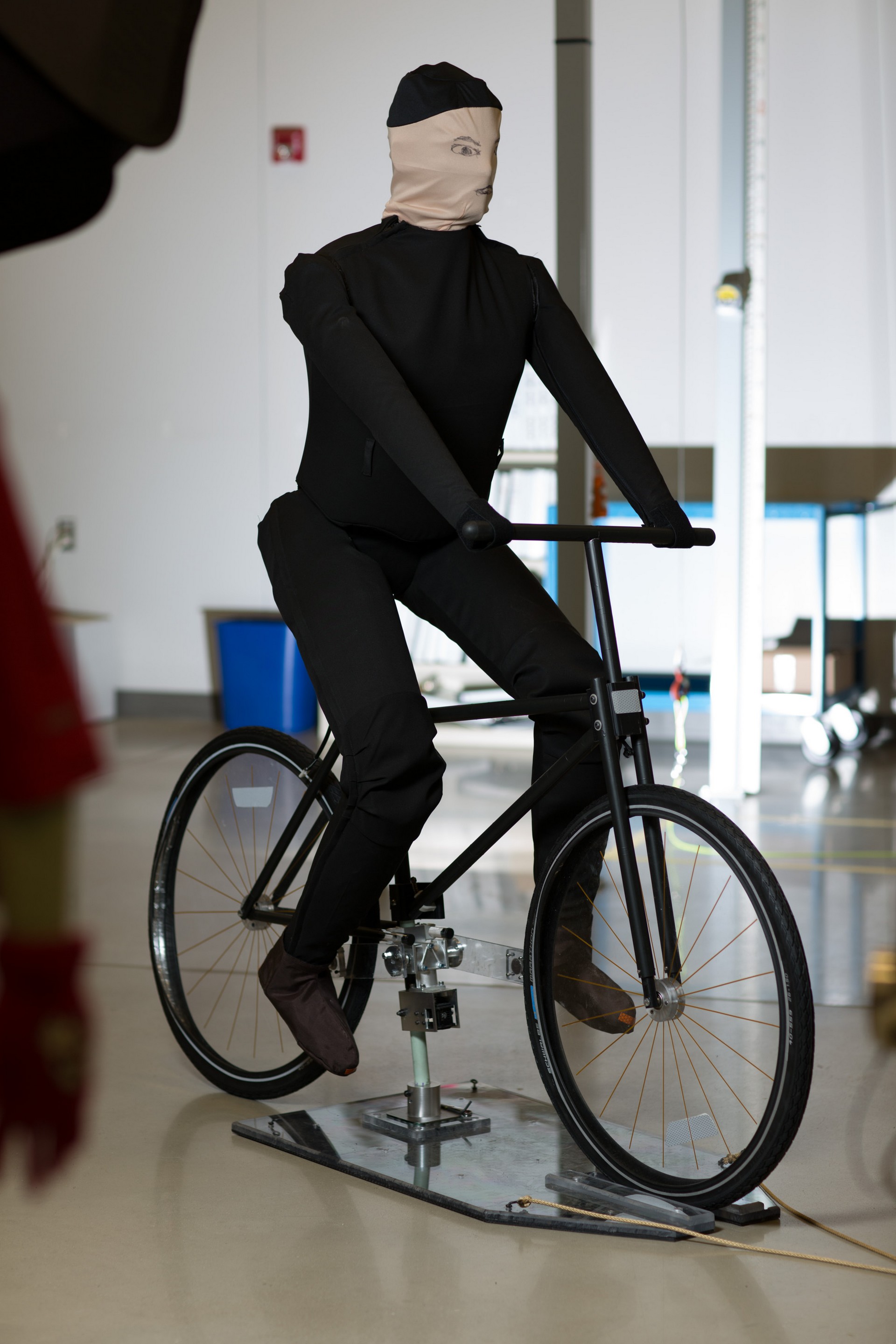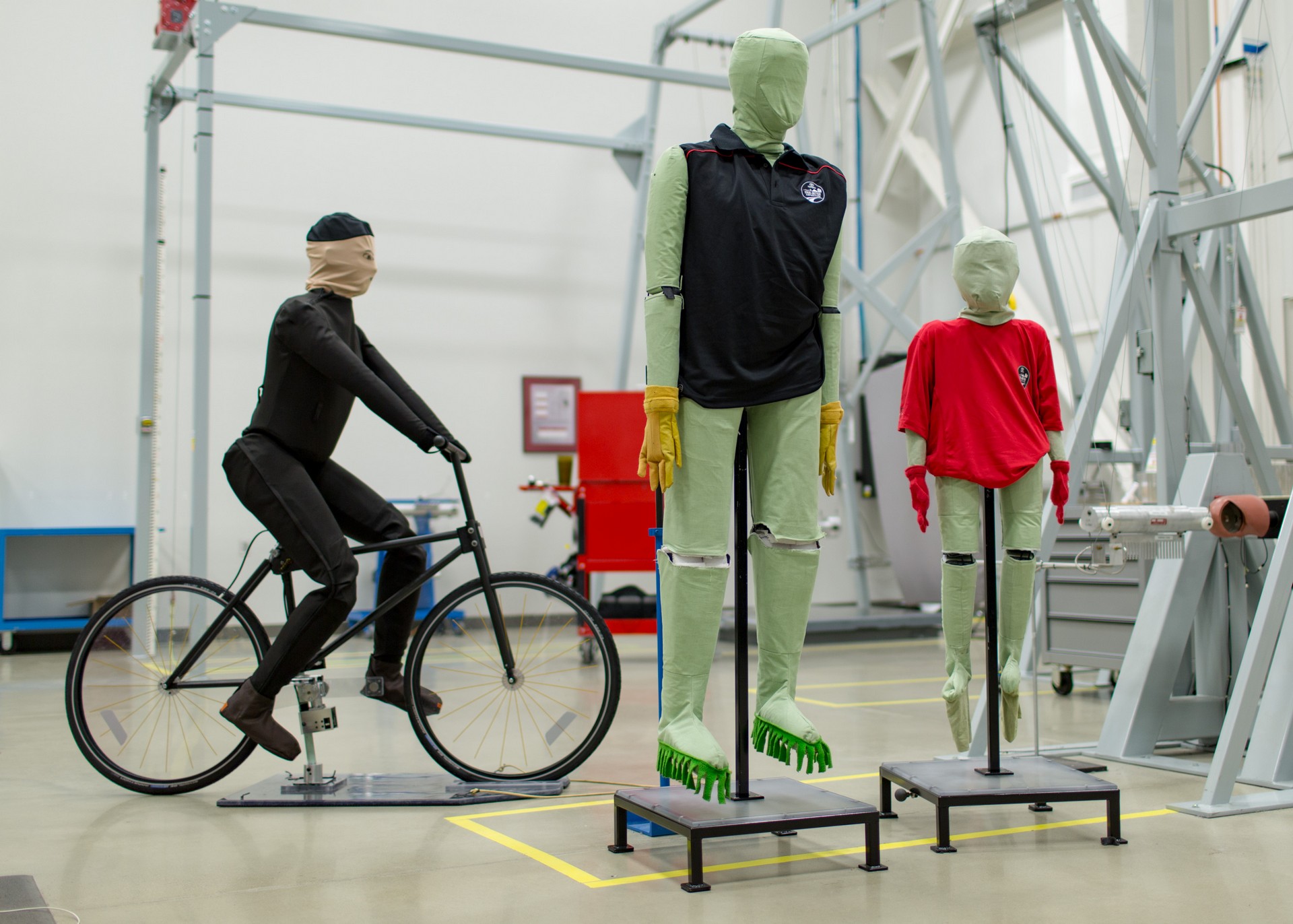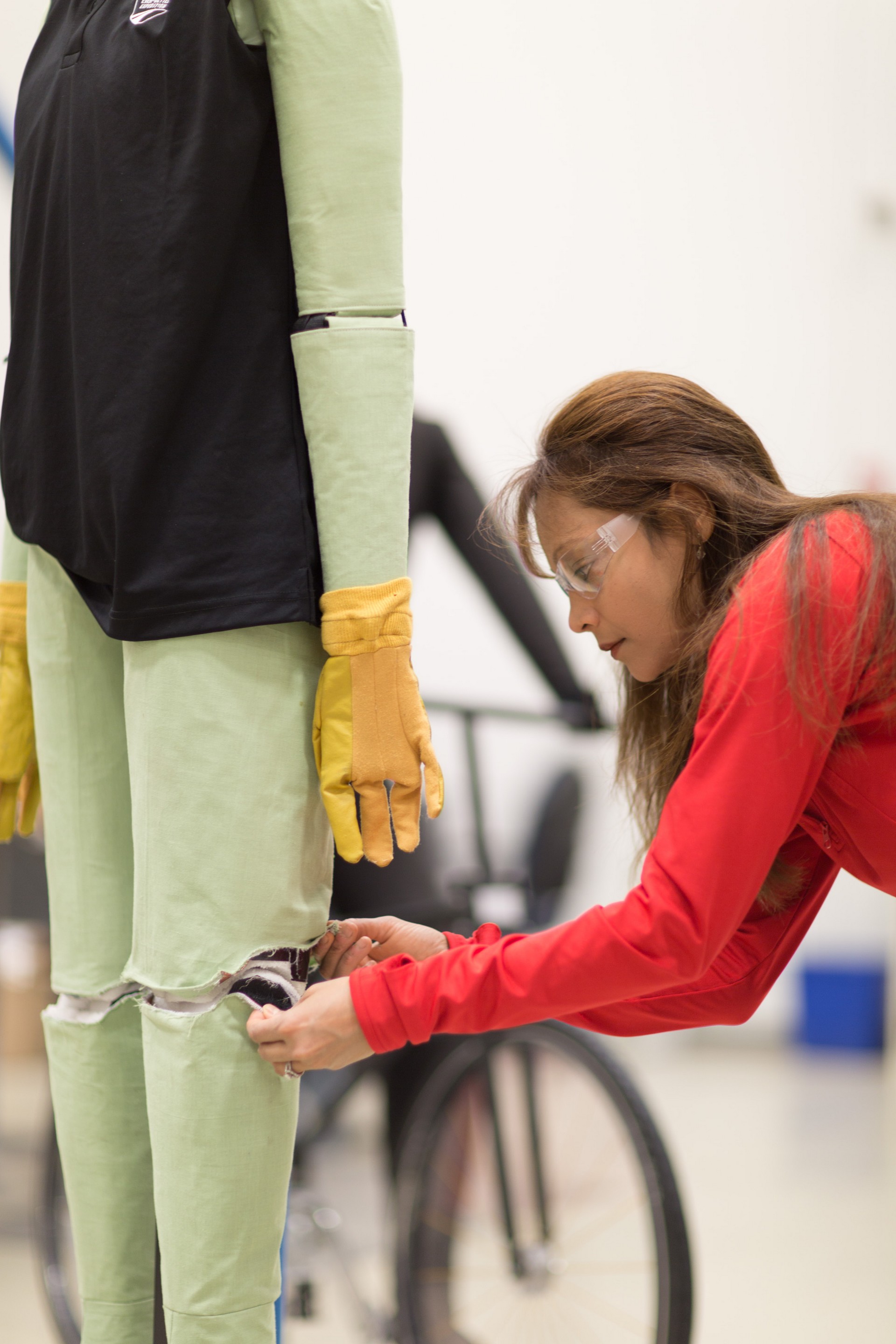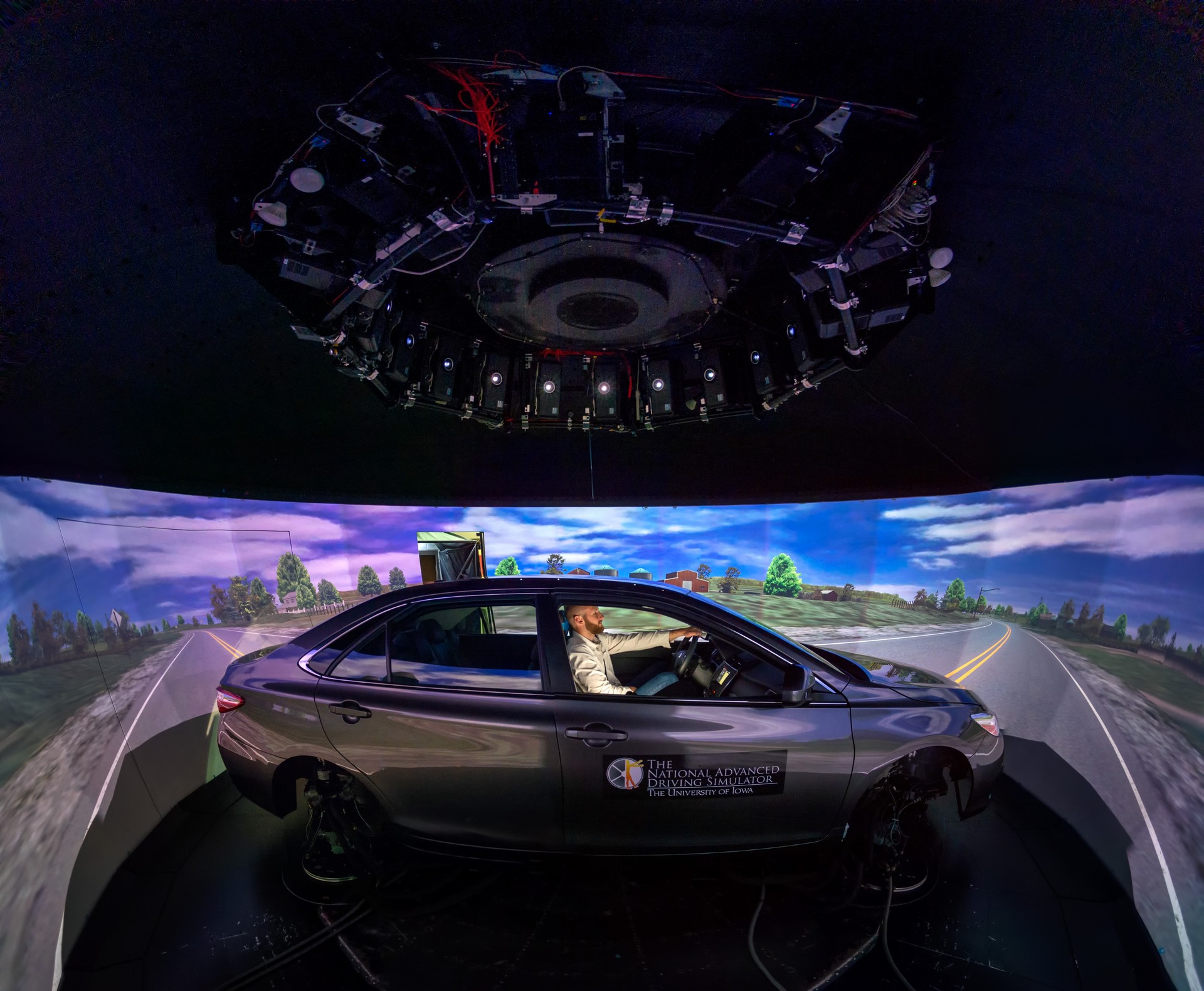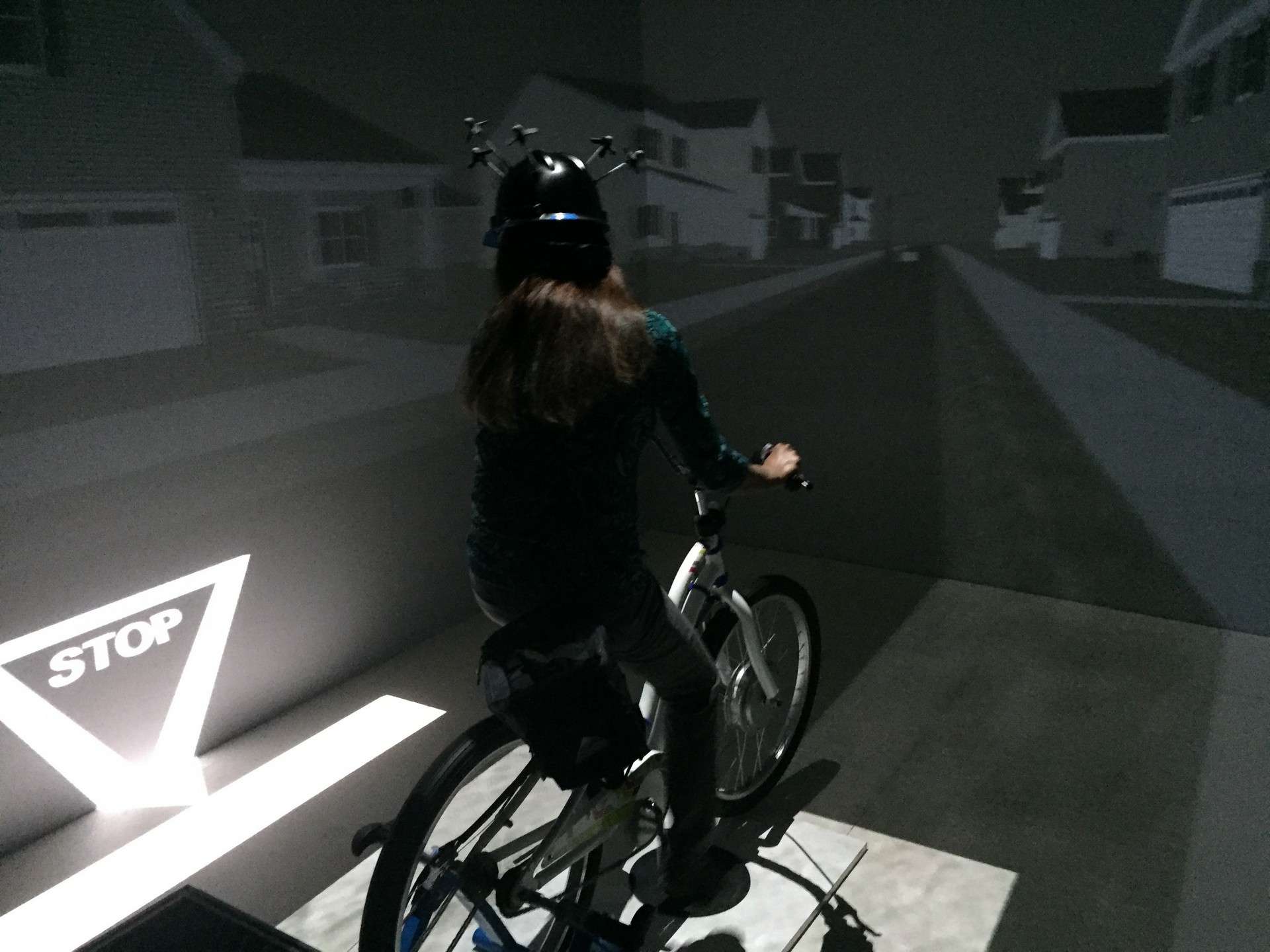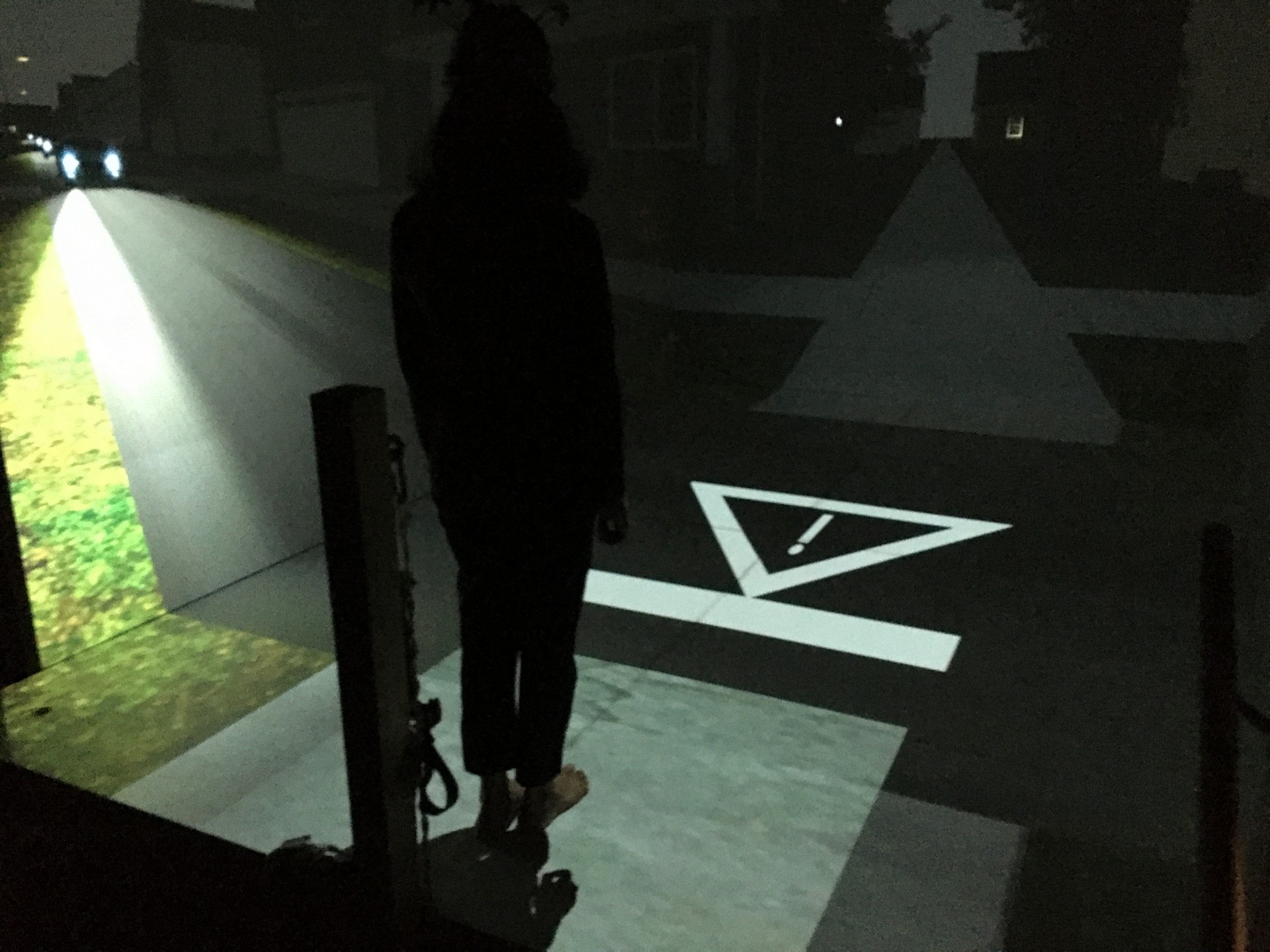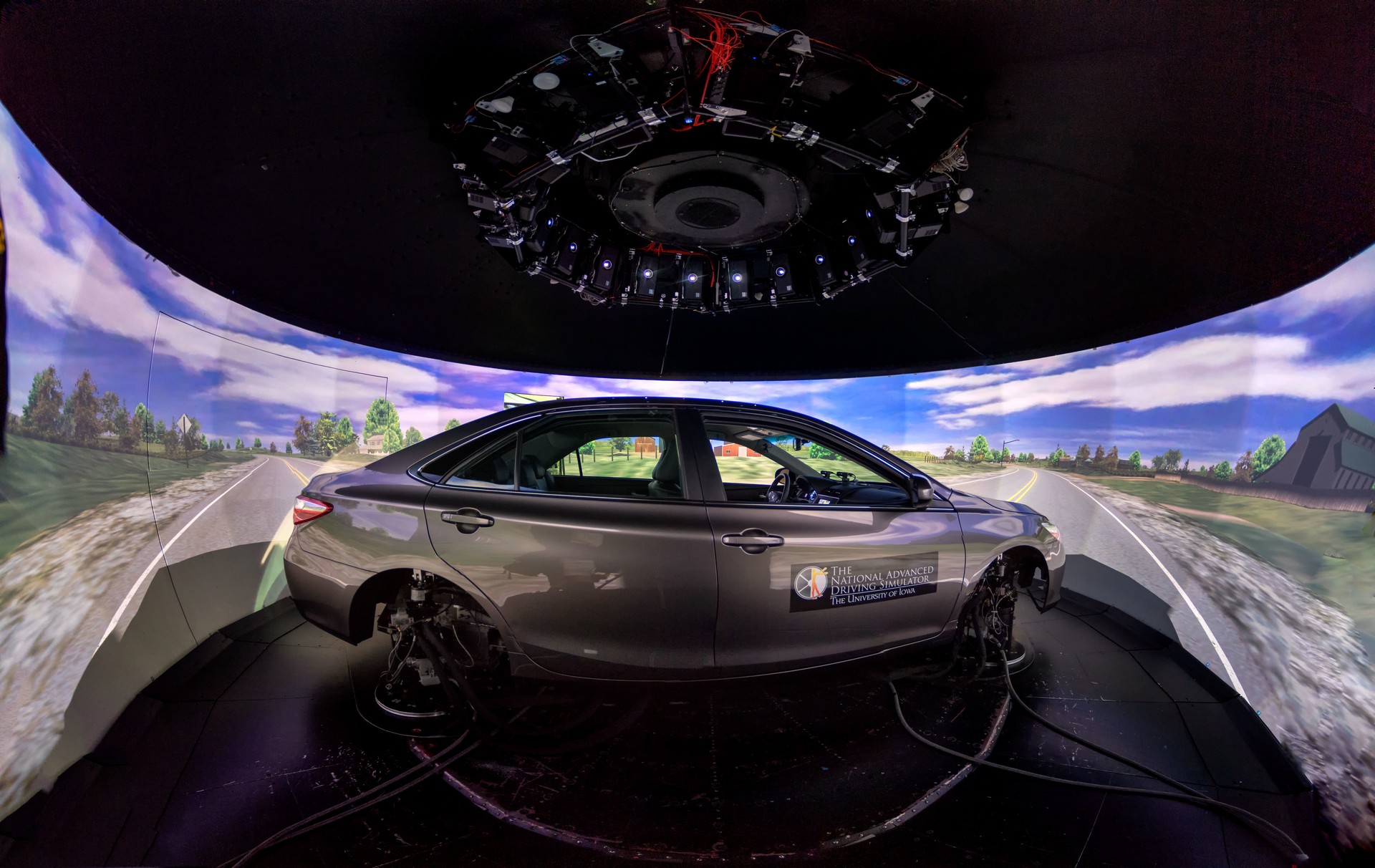Safety isn’t as sexy as car design or vehicle performance, but it can literally mean the difference between life and death.
With that in mind, Toyota created the Collaborative Safety Research Center (CSRC) in 2011 with the goal of improving safety through research and collaboration as no single automaker can eliminate traffic fatalities on their own.
Since its inception, the CSRC has completed 85 research projects with more than 30 different institutions as well as published over 260 research papers. Their efforts aren’t solely academic as some of this research finds its way into Toyota and Lexus vehicles.
The most poignant example is the Toyota Safety Sense suite of driver assistance systems, which was launched in 2015 with a pre-collision system and lane departure alert. Since then, the system has been improved with new capabilities and functions such as lane tracing assist and road sign assist.
Also Read: Toyota And MIT Working Toward Making Autonomous Cars More Human-Like
However, that’s only a narrow glimpse at the work that the Collaborative Safety Research Center does. One of their recent studies was focused on “estimating future benefits of safety systems” and it explored why highway fatalities are increasing despite advances in safety technology.
Part of the answer is that people hold onto their vehicles for ten years or more, so it takes time before modern safety features are found in a majority of vehicles. However, passive and active safety features – such as automatic emergency braking, lane-keeping assist and blind-spot warning – could eventually allow for more than a million crashes to be avoided.
Efforts have also been made to expand the use of virtual human-body models to “greatly enhance our understanding of how the forces unleashed during a vehicle crash can cause injuries.” They’re computer-simulated bodies that are essentially the next evolution of crash-test dummies.
Other projects have explored the benefits of headlight-based warning systems that project icons in front of pedestrians and bicyclists, the creation of a deep learning-based object detection/recognition algorithm for automated driving systems, and an exploration of what types of accidents are still likely to occur when advanced driver assistance systems are widely deployed in 2025 and beyond.
Another study focused on risky behaviors and it found that “risky actions are much more common than drivers report like using a phone while driving.” The study also found that “nearly every participant did some speeding, tailgating, and every driver reached for something while driving.”
A different study focused on consumer understanding of driver assistance systems and it found that “customers who thought they understood the technology the best, often misunderstood the technology the most.” These findings can be used to help automakers educate their customers, refine owner manuals, and improve dealer training about various driver assistance systems.
Other efforts have focused on monitoring drivers and one of the more interesting explored ways to deal with cardiac events while driving. A team from the University of Michigan Medical School was able to “isolate patterns that could accurately predict arrhythmias about five minutes ahead of time – long enough to warn drivers of the need to pull over and get help or send a medical team to assist.” While participants wore a sensor on their chest during the study, researchers are now examining using sensors mounted in the seats and initial results are promising.
A number of projects have also focused on semi-autonomous driving. One examined driver readiness and reaction times to take back manual control of a vehicle when needed.
Nine New Projects Announced With $30 Million In Funding
Besides talking about past projects, Toyota announced nine new projects that are being backed by a five-year, $30 (£23.9 / €28.4) million commitment. Among them is a study with the University of Massachusetts – Amherst to investigate “various approaches of educating misinformed users about safety technologies.”
The automaker will also work with the Children’s Hospital of Philadelphia to explore pediatric vehicular heatstroke risks and solutions. This area has seen a lot of interest in the past few years and a number of companies have introduced rear seat reminders to prevent children from accidently being left in vehicles on hot days.
Together with the Massachusetts Institute of Technology, Toyota will explore what drivers do when using a Level 2 semi-autonomous driving system and how driver monitoring systems impact their behavior. While drivers are supposed to be actively engaged, there has been plenty of anecdotal evidence suggesting drivers aren’t paying as much attention as they should.
Over at the University of Iowa, they’ll be exploring how customers should be educated about changes to safety technology done by over-the-air updates. They’ll also examine how changes to safety feature operations impact driver performance and behavior.
Other projects will examine intersection crashes and interactions between vehicles, bicyclists, and e-scooter users. Furthermore, the University of Michigan’s Transportation Research Institute will help investigate “different body shapes of both males and females, and how to enhance crash protection” for a diverse population.
How Long Before Research Becomes Product Reality?
During a virtual press conference on Wednesday, we asked how long it takes for research to find its way into production vehicles. Toyota officials noted the latest phase of research is focused on shorter term projects, but the research alone normally takes a year to a year and a half to complete.
As a result, it can take 5-10 years for research findings to be implemented in vehicles. However, some changes can be made in relatively short order depending on the project and its findings. This is especially true for research projects focused on driver education as new ways of teaching customers can be implemented relatively quickly.
Toyota officials also noted over-the-air updates allow for a quick rollout of new and improved technologies. They also allow the automaker to update existing vehicles, so research conducted by the CSRC and its partners should continue to pay dividends in the future.




